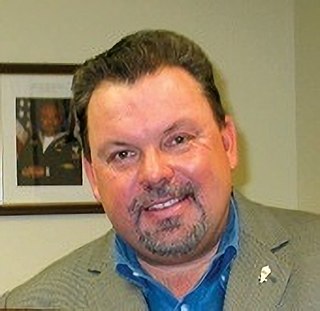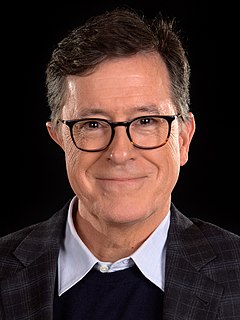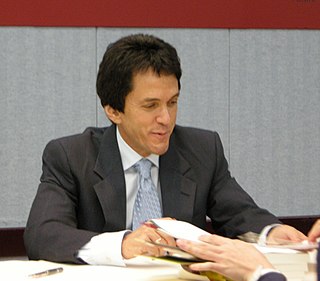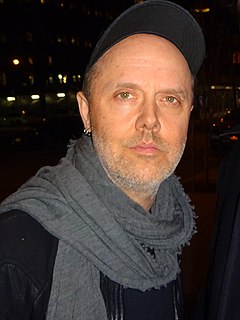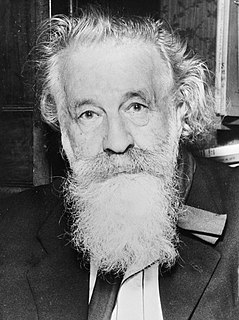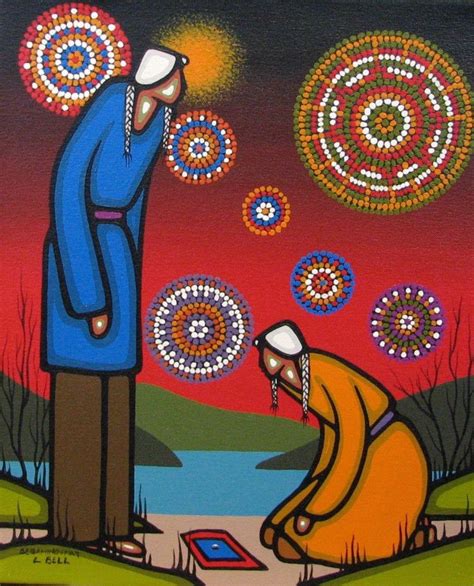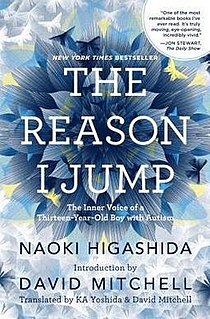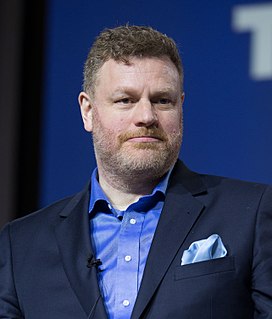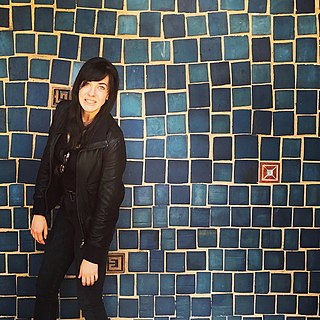A Quote by Thomas Kinkade
A still image attracts the viewer with an overall impact, then reveals smaller details upon further study.
Related Quotes
Pictures artists staged their own images or copied or cut out others already in existence. The viewer took them in separately, in sometimes paradoxical waves: an original image, then the manipulations of it, then the places where image and idea intersected. This created a crucial perceptual glitch that irony and understanding filled.
I started to concentrate more upon how the viewer looks at photographs... I would insert my own text or my own specific reading of the image to give the viewer something they might not interpret or surmise, due to their educated way of looking at images, and reading them for their emotional, psychological, and/or sociological values. So I would start to interject these things that the photograph would not speak of and that I felt needed to be revealed, but that couldn't be revealed from just looking at an image.
The image can only be studied through the image, by dreaming images as they gather in reverie. It is a non-sense to claim to study imagination objectively since one really receives the image only if he admires it. Already in comparing one image to another, one runs the risk of losing participation in its individuality.
Adam was in the dream, too; he traced the tangled pattern of ink with his finger. He said, "Scio quid hoc est." As he traced it further and further down on the bare skin of Ronan's back, Ronan himself disappeared entirely, and the tattoo got smaller and smaller. It was a Celtic knot the size of a wafer, and then Adam, who had become Kavinsky, said "Scio quid estis vos." He put the tattoo in his mouth and swallowed it. Ronan woke with a start, ashamed and euphoric. The euphoria wore off long before the shame did. He was never sleeping again.
